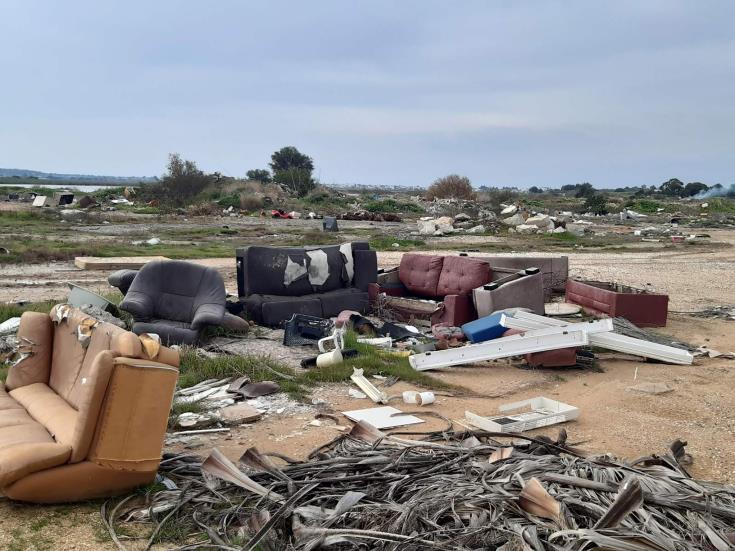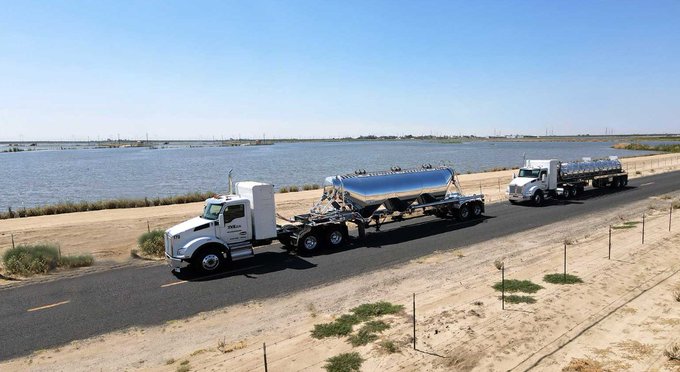It is now generally accepted that 2021 has officially signalled a new era for humanity and business.
An era dedicated to Sustainability and Sustainable Development as compliance with the United Nations Agenda 2030 and the 17 Sustainable Development Goals (SDGs) is sought.
At the European Union level, Phase A Regulations that will lead to Sustainable Development, targeting a more sustainable development model, have already been implemented or fully implemented within 2022.
This is a long-term, and multi-level project in achieving sustainability is now starting to be noticed.
Within the project, specialised emphasis is given to Sustainable Finance, Corporate Social Responsibility (CSR) and the implementation of ESG criteria and factors measurement mechanisms (Environmental, Social, Governance).
So, this is a complex and hard to resolve but, at the same time, necessary challenging puzzle.
A puzzle that might not have been so difficult and could require much less effort if political and business leaders a few decades ago had realised and culturally embraced the importance of Sustainable Development and hadn’t let things get to the point of no return.
The success of this project is not based only on the existence of the required regulations but mainly on all of us, our goodwill, culture and change of mentality.
Τhe leaders of each sector involved should lead by example, and every one of us can and should be supportive for the benefit of the whole.
Considering real facts, Circular Economy, within the Sustainable Development project, quickly becomes part of our lives since Climate Change and the need to protect the environment don’t allow complacency.
Despite the global mobilisation regarding the Circular Economy, it should always be remembered that there is no universally agreed definition for its parameters, only for its concept.
The United Nations Environment Assembly, the most important event in the field of sustainability, described Circular Economy as a model in which products and materials are “designed in such a way they can be reused, remanufactured, recycled or recovered and thus maintained in the economy for as long as possible”.
Therefore, we must understand it is not just about recycling processes.
If we really want to implement the Circular Economy, the existing dominant linear economic model of “planned obsolescence”, i.e., the model providing products to have a specific lifespan, should end.
Both businesses and consumers need to learn to value and protect raw materials and natural resources.
As Ellen MacArthur Foundation rightly addressed it: “Circular Economy focuses on improvements that will positively affect the environment and not the whole spectrum of the term sustainability.
“Circular Economy provides the tools to tackle climate change and biodiversity loss in parallel addressing important social needs”.
It is another powerful tool for implementing the SDGs goals, leading from theory to practice.
A Circular Economy can impact many of the SDGs, including energy, economic growth, sustainable cities, sustainable consumption and production, and climate change.
Even though the results are well known and will be particularly beneficial, the transition from a linear to a circular economy model and practices requires the joint effort of all those involved in various sectors and specialities (freelancers, employees, managers, governments).
The 76th Annual United Nations General Assembly is scheduled to take place from 21-30 September.
In addition to the developments in Afghanistan, and for us here in Cyprus whether there will be mobility on the Cyprus issue, the agenda includes a dedicated session overviewing the level of the UN SDGs implementation across the globe.
How far SDGs implementation has gone will show what important steps the planet has taken to fight poverty and hunger, tackle climate change, achieve gender equality and much more.
The next decade is crucial for the future of humanity.
Especially in a time of uncertainty like the one we are experiencing now, the SDGs Goals, including Circular Economy, show the way towards a strong and sustainable recovery from the COVID-19 pandemic and a better future for all on a safer and healthier planet.
By Nicole K. Phinopoulou, Lawyer/Legal Counsel, Alumni of the Institute for Sustainability Leadership, University of Cambridge










